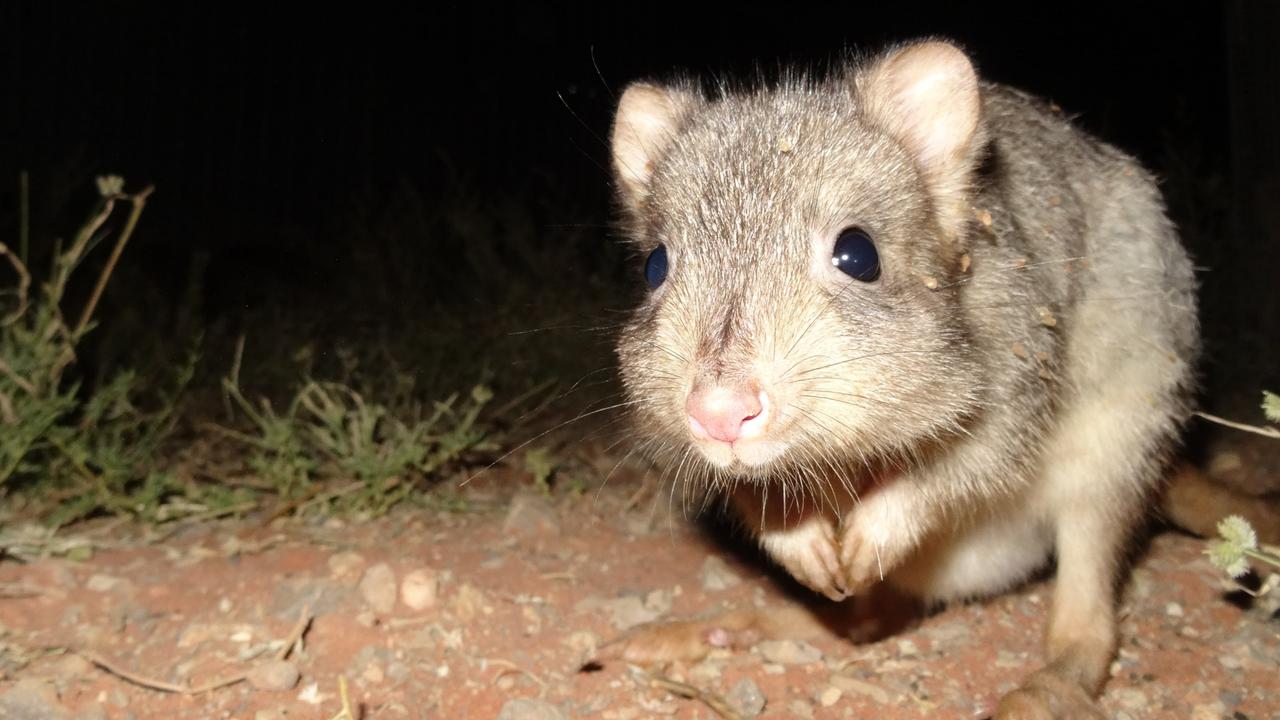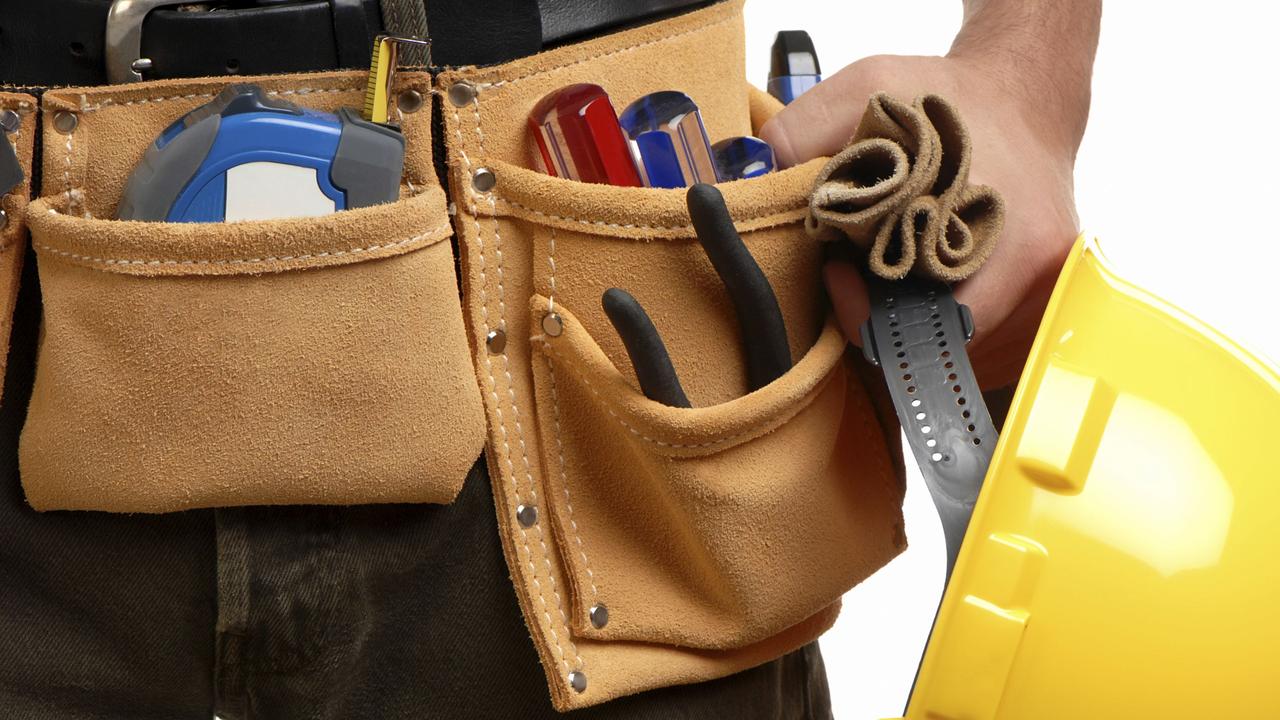Operation Babylift by Ian W. Shaw book extract
As the Vietnam war drew to an end, a mercy mission to bring thousands of orphaned children, many of them babies, took flight.
SA News
Don't miss out on the headlines from SA News. Followed categories will be added to My News.
The best-laid plans often go astray, and so it would be with the second Australian Babylift operation.
Rather than waiting for an aircraft at Tullamarine, the medical team again travelled to Sydney by coach, and at 1.45pm on Thursday 17 April boarded a Qantas 707 for the nine-hour flight to Bangkok.
Vivian [multi-decorated SA-born war nurse Matron Bullwinkel, sole survivor of the World War II Bangka Island massacre] used that flight time to prepare her nursing contingent for what was to come.
She began by dividing them into two teams and assigning several specific tasks to each team. Team One would transfer to an RAAF C-130 at Bangkok and fly the short hop to Saigon.
(Despite the C-130’s shortfalls on the first Australian Babylift mission, and Geoffrey Price’s forceful recommendations, C-130s would be used for the evacuation’s Saigon–Bangkok leg, probably because of the prohibitive cost of insuring civil aircraft flying into Saigon.)
In Saigon, Team One would sort the orphans into broad categories based on their age and the level of care and support they would need on the return flight to Australia.
The remaining nurses, now officially designated Team Two, remained in Bangkok and were responsible for converting the Qantas 707 into the type of mobile hospital and nursery that Vivian believed they would need.
The aircraft’s interior was segmented, with each area configured to support a specific function.
The aircraft’s rear section was set up for the babies and for older children presenting symptoms of serious illnesses.
The central section was configured for those needing normal care and monitoring while the forward section, normally reserved for first-class passengers, would be used as a staff meals and rest area.
A misunderstanding with Thai authorities about clearance checks meant that all the Australians had to stay overnight in Bangkok.
Team One, led by Vivian, departed for Saigon aboard an RAAF C-130 early the next morning. After the relative luxury of the Qantas 707, the C-130 was very obviously a workhorse of the air.
Seating along either side of the main cabin comprised side-mounted, drop-down aluminium seats with webbing back supports. Apart from a cleared walkway down the middle of that cabin, all the aircraft’s cargo space was stacked floor to ceiling with packing cases.
At the front of the aircraft, the flight deck and the flight crew sat high above this mass of people and cargo. There was no air conditioning aboard the C-130, and the interior became as hot and humid as a sauna when all the doors were closed.
Those conditions were alleviated somewhat at a higher altitude but any relief was more than cancelled out by the engine noise, an assault on the eardrums that made any form of conversation virtually impossible. Fortunately, the flight was a short hop rather than a long haul, and two hours after boarding, everyone lined up to disembark.
■ ■ ■
After a cursory check of the babies, Vivian realised that there were several serious shortcomings in the carrying arrangements. The babies had been placed in the cardboard boxes prepared at Butterworth two weeks earlier, with some containing one, others containing two and one even containing three babies.
Most of those were distressed and crying, all were sweaty and grimy and, to Vivian, far too many showed obvious signs of malnourishment.
One baby, whose name tag declared they were eighteen months old, was later found to be a badly undernourished three-year-old.
During the flight back to Bangkok, doctors and nurses on both aircraft examined the orphans to determine what ailments they had and to assess what kind of specialised treatment each might require on the long-haul flight back to Australia. What they found was like a catalogue of tropical and Third World medical problems.
Among the conditions were a range of internal infections including shigella, an intestinal disease caused by parasites, while most of the children were believed to be infested by a range of other parasites. There were a series of skin infections and diseases, boils, abscesses and scabies – infections caused by lice and by poor nutrition and hygiene.
Several children appeared to be suffering from more serious and communicable diseases, among them chickenpox, whooping cough and salmonella. Several were assessed as having respiratory infections, some with suspected tuberculosis, while all, without exception, were judged to be malnourished to a greater or lesser degree.
During these examinations and initial treatments, one orphan on Vivian’s aircraft, an eight-month-old boy, died.
At Bangkok, the transfer of the orphans from the RAAF aircraft to the Qantas 707 was completed quickly and without any of the histrionics that had accompanied the first Babylift flight. Thai authorities provided both assistance and support, and within just over an hour they were all back in the air. For Vivian, it was especially pleasing to see what her Team Two had achieved in her absence. The Qantas 707 had been converted from a passenger aircraft into a flying children’s hospital and nursery.
The orphans also noted the change, with some falling asleep shortly after take-off and others immediately wolfing down the food they were offered.
It would be a long night for both medical staff and cabin crew aboard the 707. They were carrying seventy-four children whose ages ranged from a few weeks to several years, children who had never travelled on an aircraft before and most of whom were tired and ill. The night was a constant blur of action – changing nappies, feeding babies with formula and older children with foods they might never have eaten before, while monitoring the health and wellbeing of them all.
It proved to be a complete team effort, both flight attendants and nurses acknowledging that neither could have done it without the other.
After a nine-hour flight through the night, the second Babylift flight landed at Melbourne’s Tullamarine Airport in the early morning light of Friday 18 April. It touched down amid patches of fog and taxied across the tarmac, not to the main terminal but to a long line of waiting ambulances.
■ ■ ■
When they arrived at Fairfield Hospital the two new wards were ready for them, but Vivian noticed a distinct wariness among the older children. Part of it was no doubt due to all the changes they had been through in recent days and part of it may have been due to the weather being far cooler than anything they had previously experienced. But, she thought, a lot of their discomfort probably came from recognising that they were in an institution that was staffed by people in uniforms.
At Fairfield, the facilities allowed for more detailed medical examinations, which confirmed much of what the evacuation aircraft’s medical team had found or suspected.
Malnourishment remained the most common affliction, but tests revealed several more serious underlying issues. Fifteen orphans were carrying hepatitis B, four were carrying salmonella and one had been born with congenital syphilis. Pneumonia was also identified in several children.
Those who required immediate and ongoing treatment remained in hospital until they were well enough to be placed in the care of their adoptive parents, and all children were moved on as soon as they were fit to travel.
In the meantime, Vivian and her nurses were given several stark reminders of what the orphans’ previous lives had been like. They observed how many overate when food was served and were also surprised at how many hoarded food against the possibility that there might not be any more to come.
For the first week, too, there were problems with getting the older children to sleep. Several became very distressed if they found their bed was near a door or a window, and several would crawl under their bed or cot and sleep there. Eventually, in the older children’s ward, the nursing sisters found a solution. A number of beds were pushed together in the centre of the room and several lights in the ward were left on overnight.
Despite Fairfield staff’s best efforts, for some children a complete physical recovery would take a long time, and not all would make it.
The week after the orphans arrived at Fairfield, late in the evening of Tuesday 23 April, one of the babies – a four-month-old boy – died. John Forbes attributed the death to ‘generalised sepsis associated with malnutrition’, and stated that two other babies were struggling and remained in intensive care. A second baby, also a four-month-old boy, died at Fairfield in early May, the cause of death again being an infection complicated by malnutrition.
Shortly afterwards, on 8 May, Forbes revealed that forty-four orphans remained at Fairfield receiving medical treatment, but that thirteen others had been released to their adoptive parents the previous day.
There would be two more tragedies before the last of the orphans left Fairfield.
■ ■ ■
The children’s physical recovery was remarkable and after just a few days they were running around and playing their children’s games in the wards, corridors and grounds of Fairfield Hospital.
Their mental and emotional recovery was harder to determine, but Vivian and her nurses were pleasantly surprised by the ease with which the children formed strong bonds with the other children and with the staff, particularly the nurses assigned to their wards.
Against this backdrop, bureaucrats were working steadily at both state and federal levels, checking documents and matching children with adoptive parents, then double-checking everything because any mistakes would be disastrous.
With pressure to begin uniting children and families, within a week of their arrival Vivian was advised that the healthy older children should be prepared for adoption. The first four children to be adopted were transferred to South Australia on 30 April.
Shortly after the children began leaving to join their new families, the letters started arriving. Most were addressed to Vivian, some were addressed to individual nurses and a few were addressed to the hospital itself.
The letters were from the Babylift children’s adoptive parents expressing profound feelings of appreciation and gratitude for the love and care that their new sons or daughters had been shown from the time they had been collected in Saigon. The letters continued to arrive in the coming weeks, months and even years.
They, and the children’s lives that each one represented, would become one of Vivian’s most cherished memories as she moved from a career in nursing to a new life in retirement. In a lifetime of service to others, Vivian would sometimes think that caring for the Babylift orphans might just have been the most important service of all.14
This is an edited extract from Operation Babylift: The incredible story of the inspiring Australian women who rescued hundreds of orphans at the end of the Vietnam War by Ian W. Shaw. Published by Hachette Australia, RRP $32.99.


